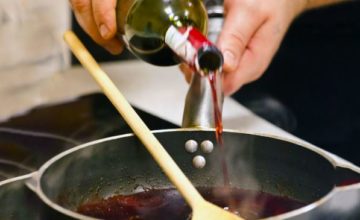
As much as we all love to hold a glass of wine and sip it with utmost pleasure, some of us don’t know what we are looking for when it comes to the wine’s flavour.
We sure have read and heard a lot of how to swirl the wine in your glass, smell it and then take a sip. Swirl it in your mouth again and then claim to like it.
But what exactly was responsible in the whole process to that brought out the flavour? Is it the aroma? Or is it the taste? Or is it both of those things together?
To do away with this confusion, let’s find out the correct way to enjoy wine:
1. The taste
2. The tangible sensations
- Astringent sensation
- Thermic sensation
- Pungent sensation
- Pseudo-caloric sensation




